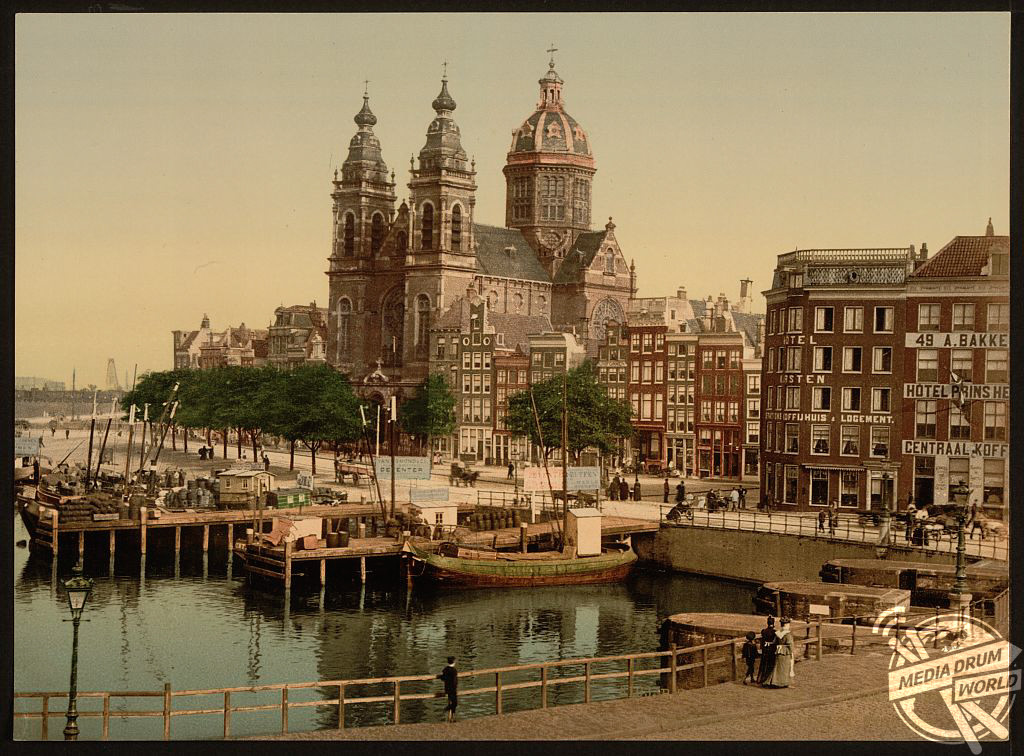By Mark McConville
STUNNING postcards have revealed nineteenth century Netherlands in all its glory in striking colour.
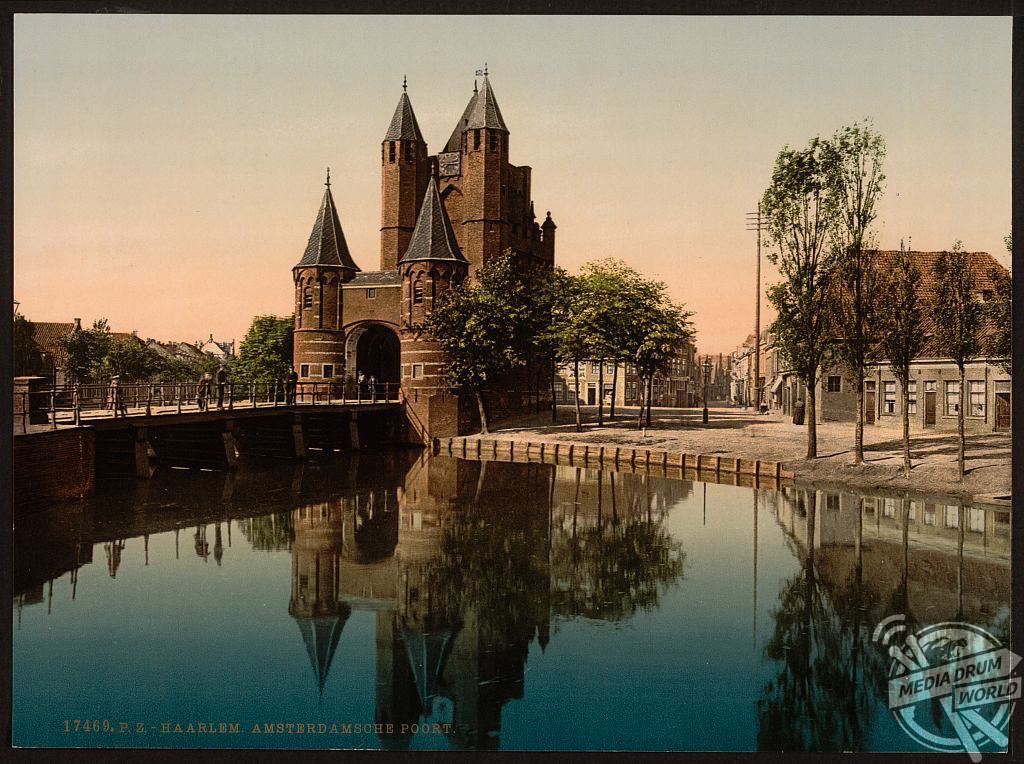
The dazzling images show the country’s traditional wind mills at work, a spectacular arcade in Rotterdam and the National Monument of 1813 in Hague.
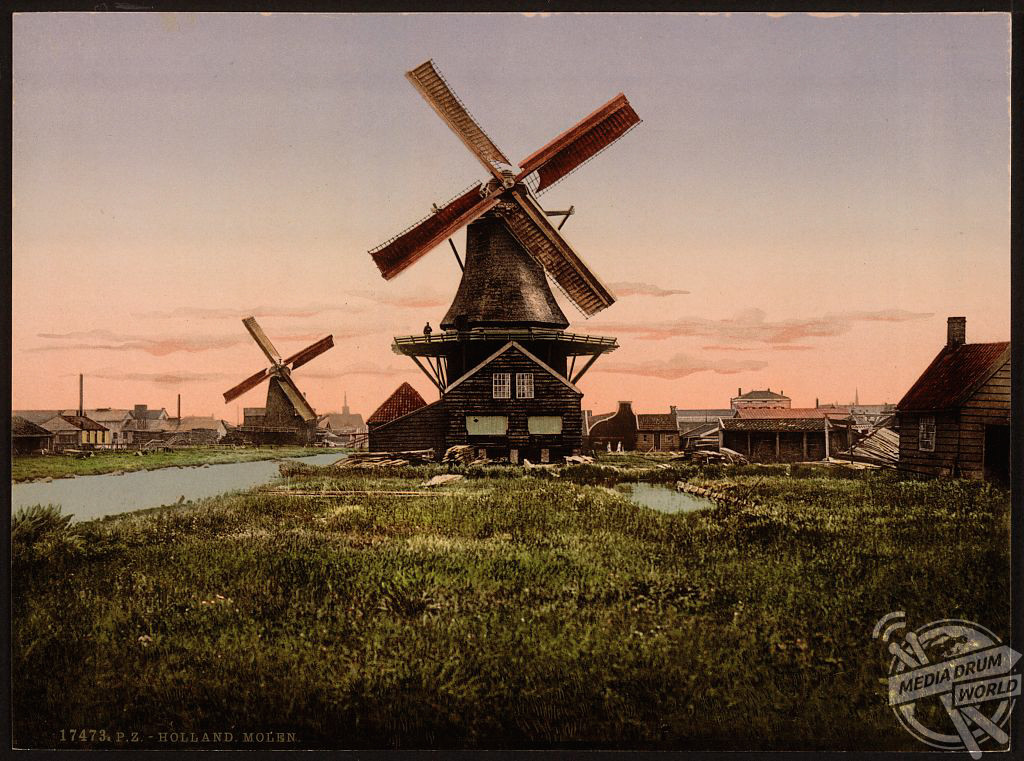
Other spectacular pictures show some of Holland’s glimmering canals including the famous Kolk canal in Amsterdam.
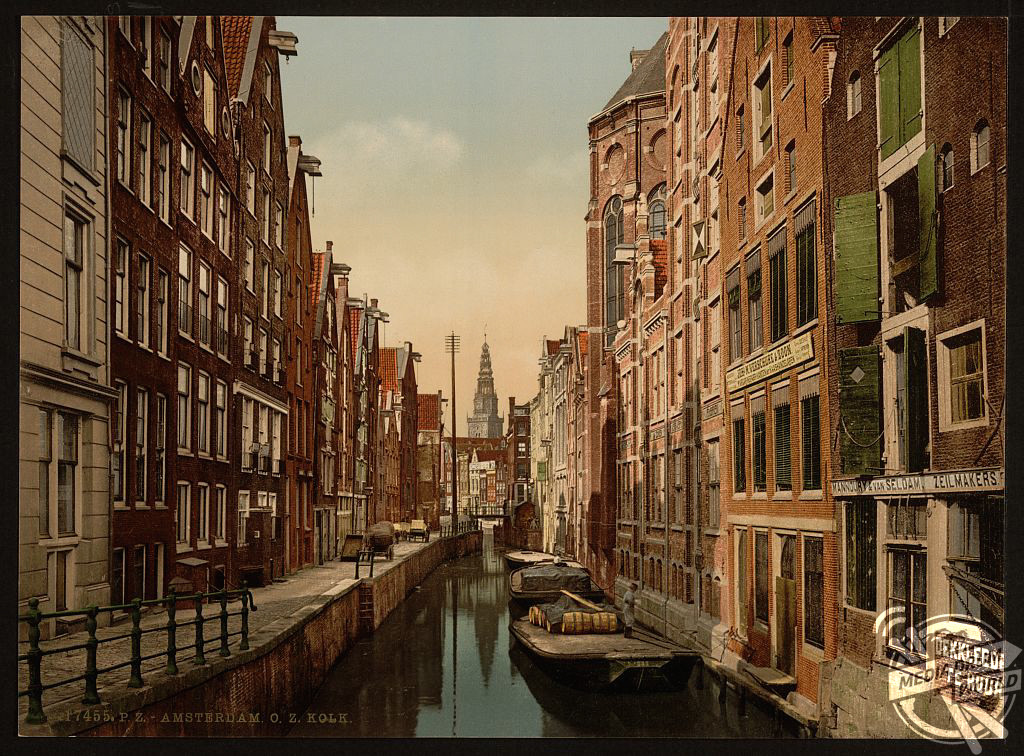
The postcards are from 1890 and were created using the Photochrom process, a technique for applying lifelike colour to black-and-white images.
Photochrom is a method of producing colourised photographs from black and white negatives via the direct photographic transfer of a negative onto lithographic printing plates.
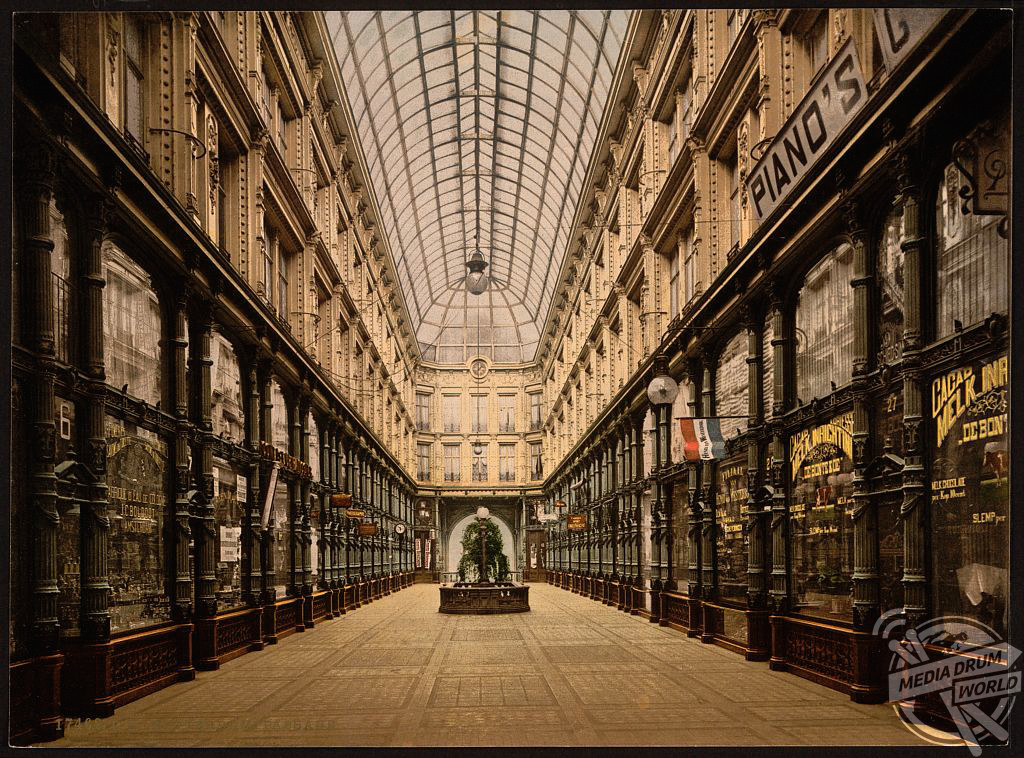
It was invented in the 1880s and was most popular in the 1890s, when these images were taken. Although true colour photography had been developed by then it was not commercially practical yet.
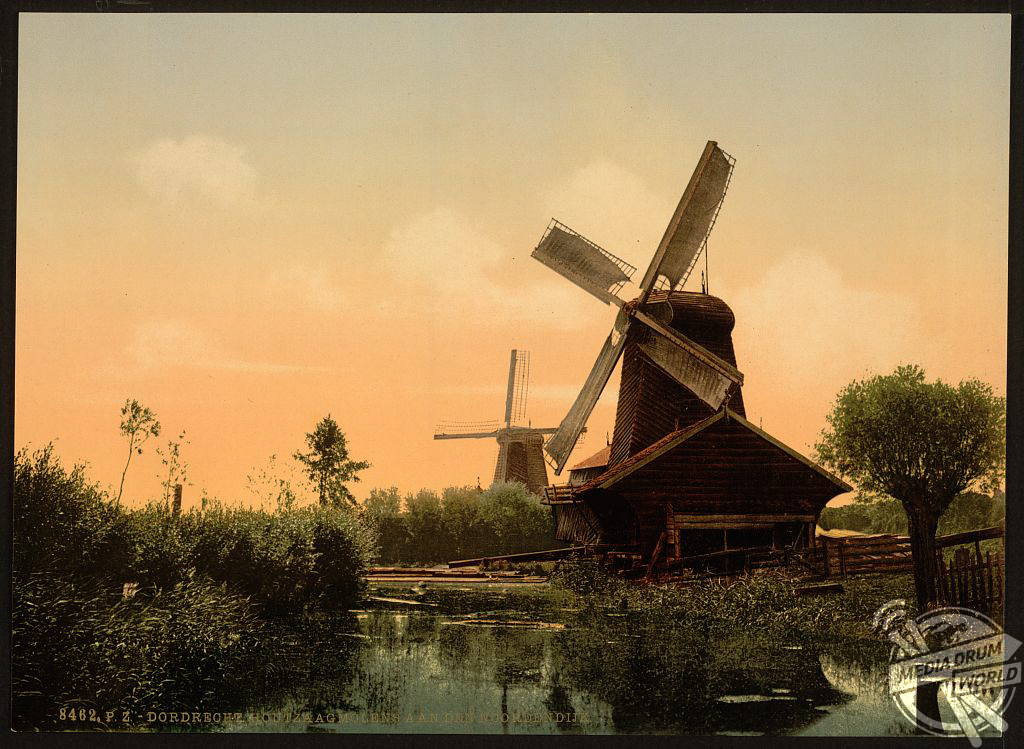
Photochrom reproductions became popular due to the craze with sending postcards.
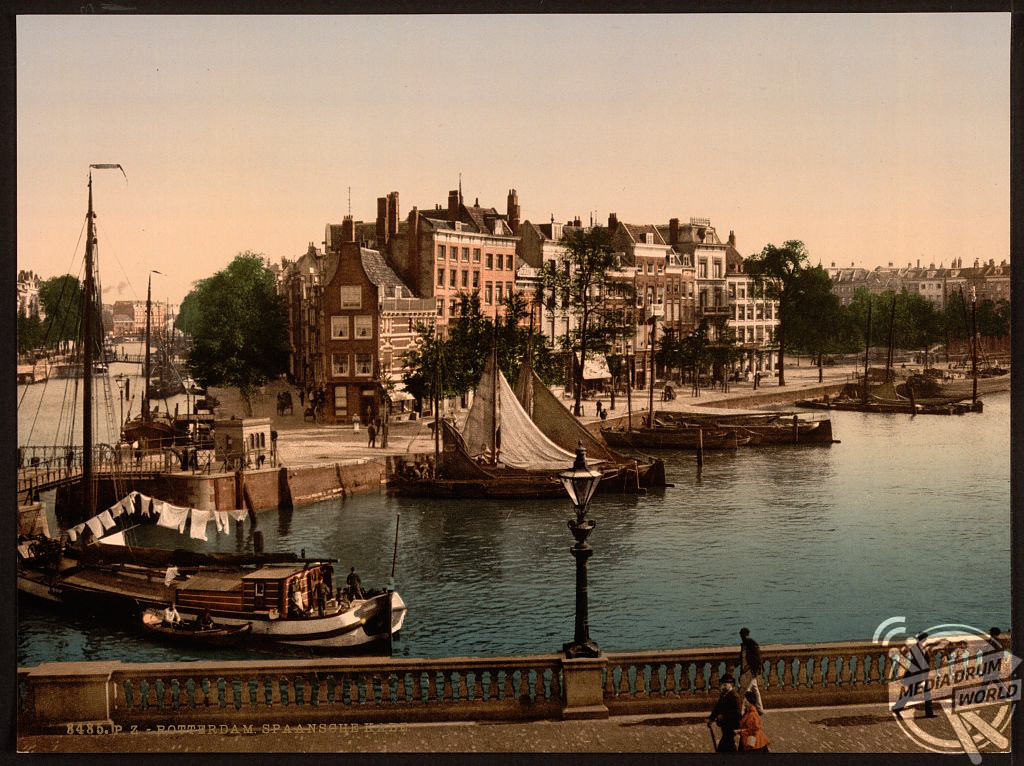
Amsterdam’s famous Dam Square is also depicted with life as busy as ever in the country’s capital. People can be seen going about their business as several trams and horse and carts idle by.
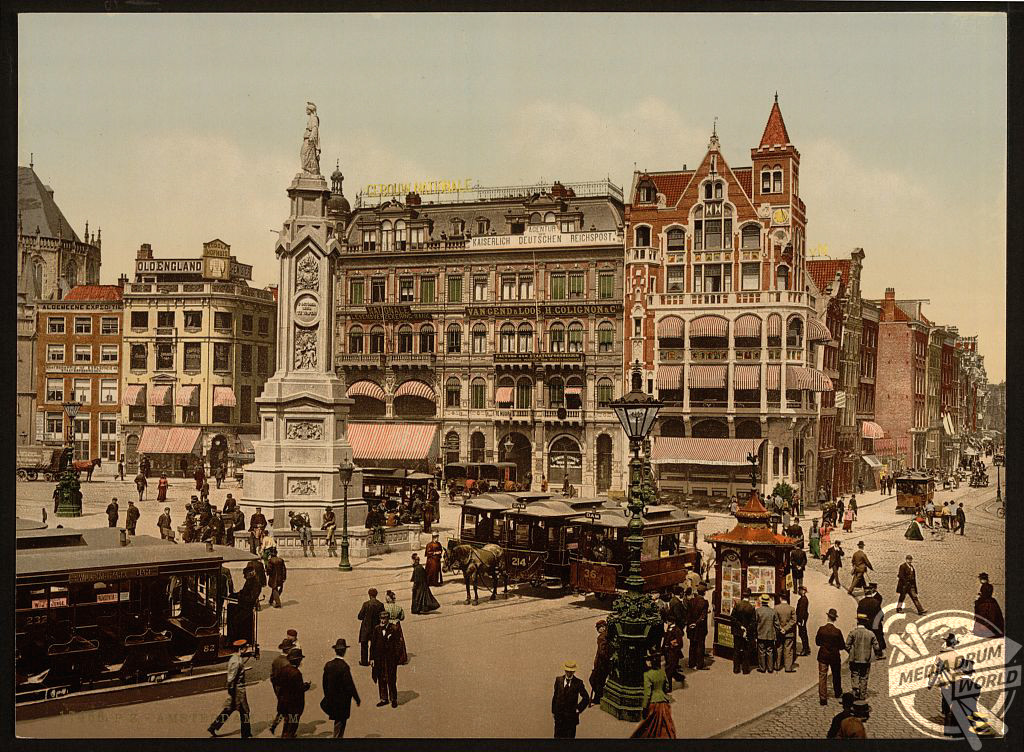
Other images show everyday life in other parts the Netherlands around the turn of the century.
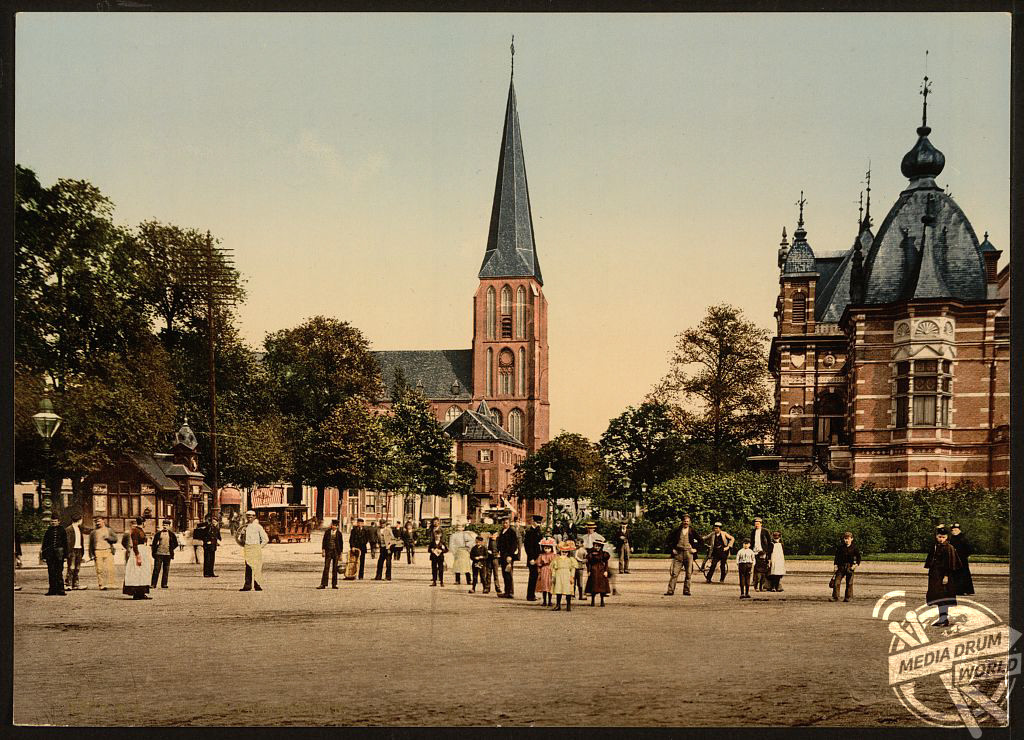
Velper Square in Arnhem shows people gathering on a sunny day with the church spire in the background. There is a similar scene in Nymegen as people make their way from the great market to the town hall for a meeting.

